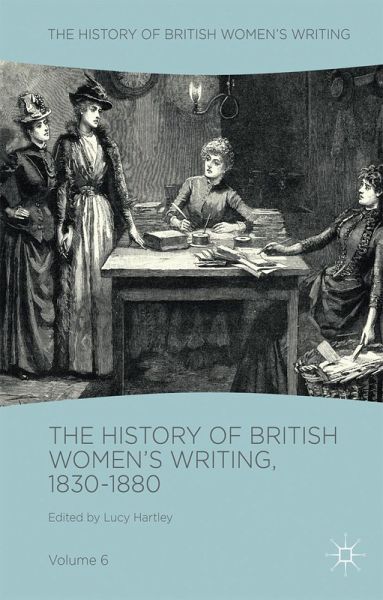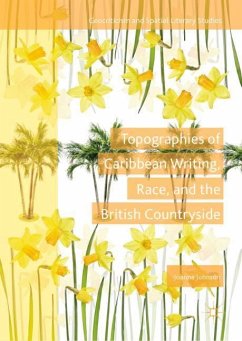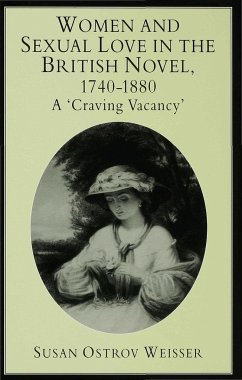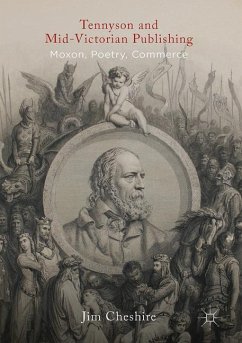
The History of British Women's Writing, 1830-1880
Volume Six
Herausgegeben: Hartley, Lucy

PAYBACK Punkte
65 °P sammeln!
This volume charts the rise of professional women writers across diverse fields of intellectual enquiry and through different modes of writing in the period immediately before and during the reign of Queen Victoria. It demonstrates how, between 1830 and 1880, the woman writer became an agent of cultural formation and contestation, appealing to and enabling the growth of female readership while issuing a challenge to the authority of male writers and critics. Of especial importance were changing definitions of marriage, family and nation, of class, and of morality as well as new conceptions of ...
This volume charts the rise of professional women writers across diverse fields of intellectual enquiry and through different modes of writing in the period immediately before and during the reign of Queen Victoria. It demonstrates how, between 1830 and 1880, the woman writer became an agent of cultural formation and contestation, appealing to and enabling the growth of female readership while issuing a challenge to the authority of male writers and critics. Of especial importance were changing definitions of marriage, family and nation, of class, and of morality as well as new conceptions of sexuality and gender, and of sympathy and sensation. The result is a richly textured account of a radical and complex process of feminization whereby formal innovations in the different modes of writing by women became central to the aesthetic, social, and political formation of British culture and society in the nineteenth century.












